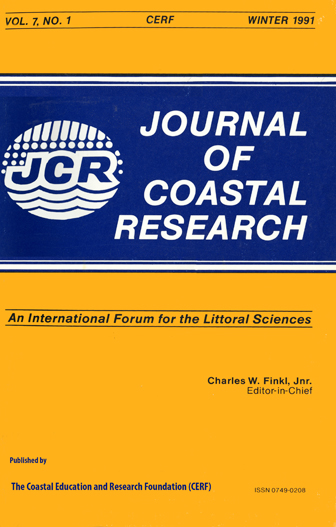Fisherman's Wharf: Hydraulic Design of a Successful Harbor Project
Keywords:
Fisherman's Wharf (San Francisco Bay, California), hydraulic models, coastal engineering, physical and numerical modeling, breakwaters, wave action, harbor oscillation, ship motionAbstract
Physical and numerical models were used to investigate the design of proposed breakwater configurations for wave protection in the Fisherman's Wharf area, San Francisco Bay, California. A 1:75 scale (undistorted) physical model was used to determine wave conditions in the harbor for locally generated short-period wind waves and swell conditions entering through the Golden Gate. A hybrid-finite element numerical model, capable of calculating forced harbor oscillations for harbors of arbitrary shape and variable depth, then was used to calculate harbor resonance at Fisherman's Wharf. In addition, a ship surge analysis was conducted for the historic vessels moored along or near Hyde Street Pier. An optimum plan of improvement was developed in the physical model considering wave protection afforded the harbor and entrance, ease of navigation, and economics. Numerical model test results and ship motion analysis indicated that the improvement plan would result in decreased wave amplification in the inner basins of the harbor and reduced ship response along the Hyde Street Pier. The breakwater plan was constructed at Fisherman's Wharf in 19S6 and has functioned as intended to this point. In fact, the project recently won an Engineering Design Award of Merit in the U.S. Army Chief of Engineer's 20th Design and Environmental Awards Program.


